Garden tillers, also known as cultivators or rototillers, are small agricultural machines used for soil preparation, planting, and weed control in small-scale farming or gardening. When purchasing and utilizing a garden tiller, there are important considerations and best practices to ensure its efficient and safe use. In this article, we will discuss some key points to keep in mind.
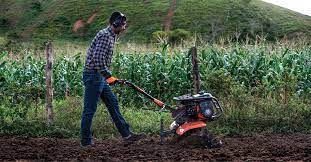
1. Choose the right model: Consider the specific needs of your farming or gardening tasks, such as the size of your plot, the type of soil, and the crops you plan to cultivate. Choose a garden tiller that is suitable for your requirements, considering factors such as engine power, tilling width and depth, maneuverability, and ease of use.
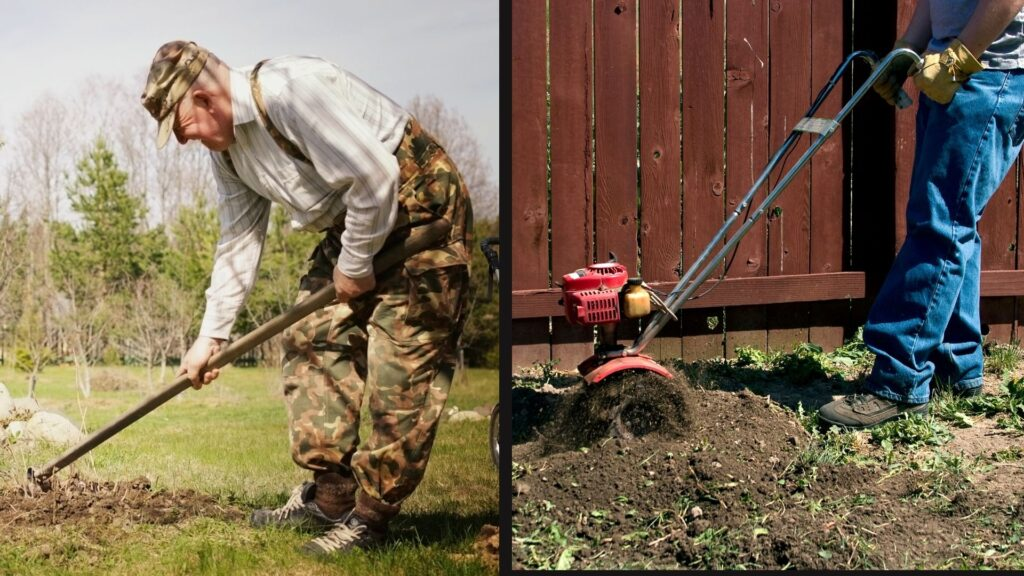
2. Check the quality and condition: Inspect the quality and condition of the garden tiller before purchasing. Look for sturdy construction, durable materials, and reliable components. Check the engine, transmission system, tilling blades, and other parts for any signs of damage or wear. Ensure that the garden tiller meets relevant safety standards and regulations.

3. Follow proper operation: Read and follow the manufacturer’s instructions for safe and proper operation of the garden tiller. Wear appropriate protective gear, start the engine according to the guidelines, and operate the machine at the recommended speed. Avoid overloading or pushing the machine too hard, and adjust the tilling depth for different types of soil and crops.
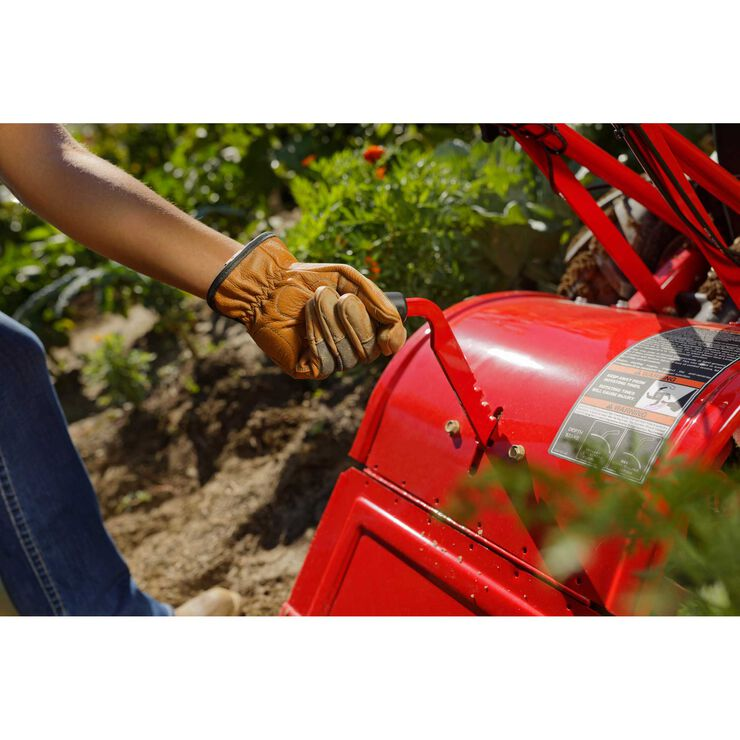
4. Maintain and care for the tiller: Regular maintenance is essential to keep the garden tiller in good condition. Clean the machine after each use, inspect and tighten all bolts and fasteners regularly, check the oil level, air filter, and spark plug, and keep the blades sharp and balanced. Store the tiller in a dry and well-ventilated place.
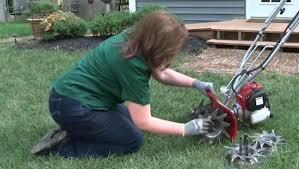
5. Follow safety precautions: Safety should always be a priority. Use the garden tiller with proper safety guards or shields in place, keep bystanders at a safe distance, avoid loose clothing or jewelry, and do not touch hot engine parts. Stop the machine immediately if any problems occur.
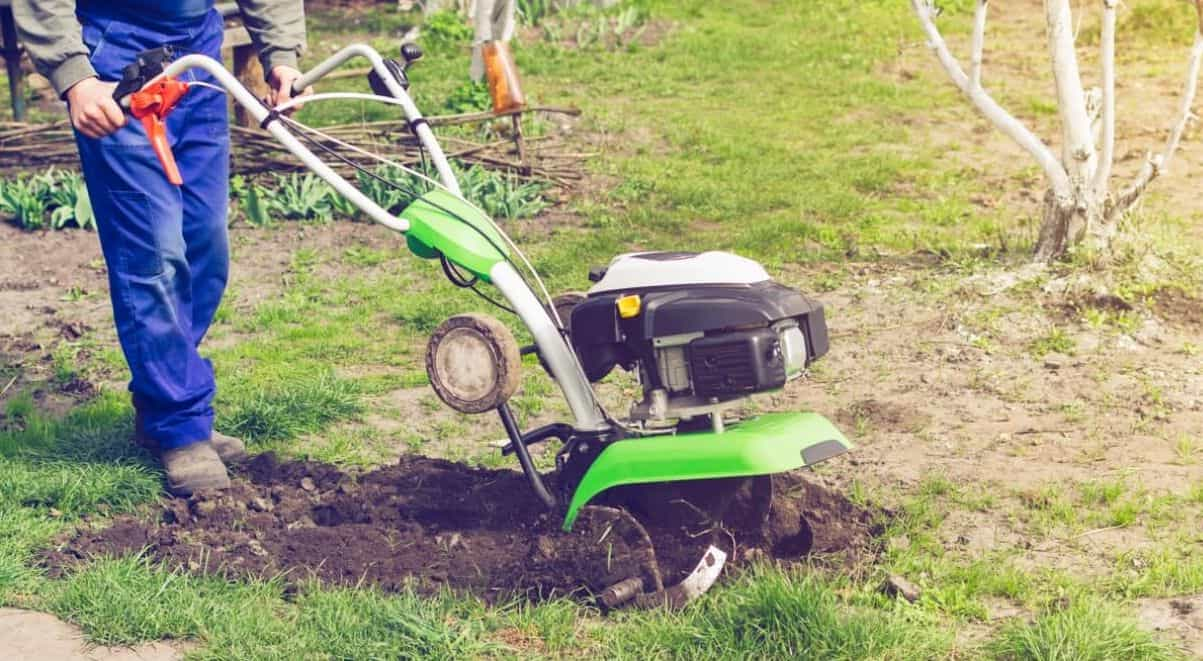
6. Seek training and experience: If you are new to using a garden tiller, seek guidance from experienced operators or take a training course. Learn proper techniques for handling the machine, such as maneuvering, turning, and controlling the tilling depth.
In conclusion, choosing and using a garden tiller requires careful consideration of factors such as the right model, quality and condition, proper operation, maintenance and care, safety precautions, as well as training and experience. By following these tips, you can ensure the efficient and safe use of your garden tiller.


